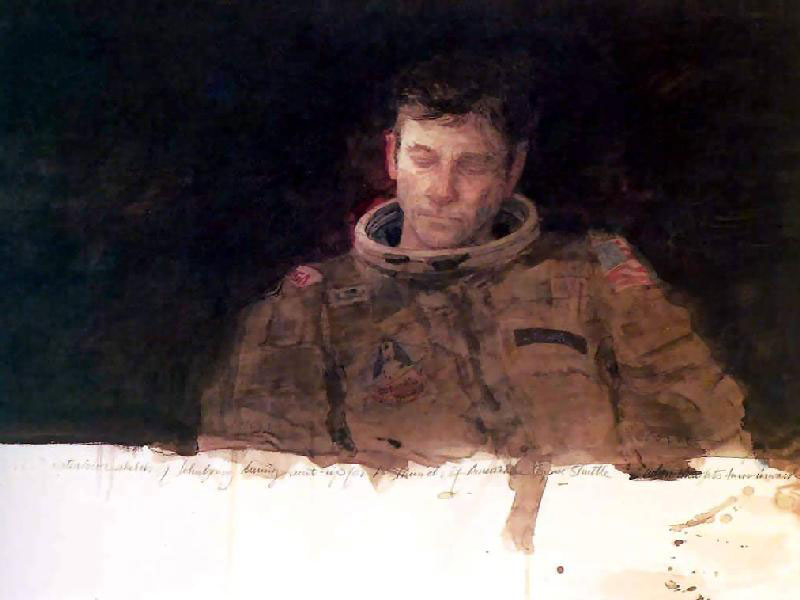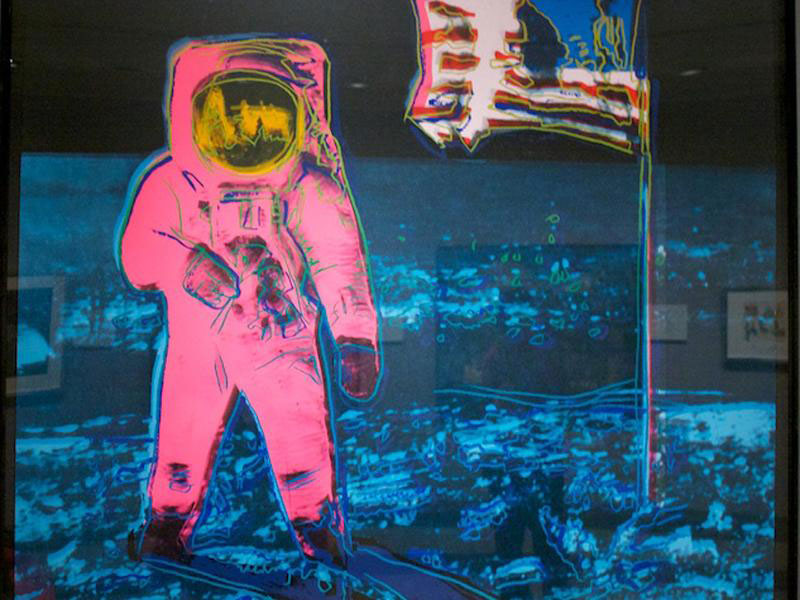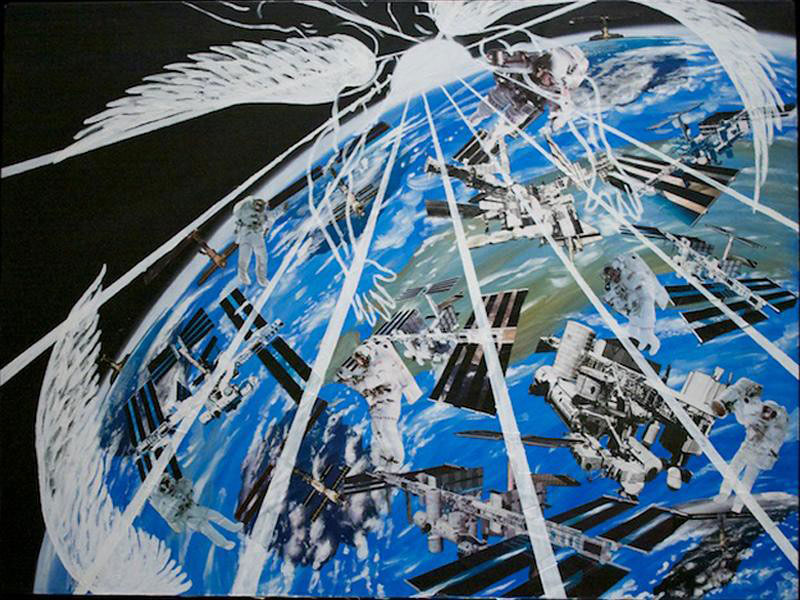How on Earth are NASA Science and Art Related?
Published: August 28 2019 Updated: March 11 2025

Did you know that NASA science and art has a long and colorful relationship in history? It seems counter-intuitive, but art has played an incredibly important role in preserving and expressing extraordinary moments in space exploration.
The NASA Art Program began in 1962. The then-NASA Administrator James Webb sought to use art as a way to emotionally capture NASA’s past and future events. Public interest in space exploration was increasing rapidly, namely after Alan Shepard became the first American man in space in 1961. Wanting to help immortalize the emotions and excitement of this new era, Webb recognized the importance and power of artistic expression. The goal was to be able to look back at this artwork decades later and still fully appreciate the achievements and impact of the space program.
“An artistic record of this nation’s program of space exploration will have great value for future generations and may make a significant contribution to the history of American art.”
– James Webb, NASA Administrator, 1961 – 1968

NASA employee and artist James Dean was chosen to lead the program, working with curators and artists to commemorate historic moments. In 1963, the first group of NASA artists was sent to what is now Kennedy Space Center to witness the final launch of the Mercury Program. The second art exhibition surrounded the Apollo 11 Moon landing and a third at the dawn of the Space Shuttle Program. Artists Norman Rockwell, Robert Rauschenberg, Andy Warhol and Annie Leibowitz have all worked with the NASA Art Program.

Over the years, NASA artwork has helped spark national pride and accomplishment. Technology, whether from the 1960s or today, documented these missions extensively, but artists are able to pull in emotion and imagination unlike data-collecting machinery. The relationship between science and art continues to inspire the public and inform us of current missions. Today, NASA artists focus most on creating conceptual art and animations that are scientifically accurate and easy for the public to understand. Mediums have expanded to include artistic photography and digital graphics. Modern examples of NASA art include conceptual art of the Space Launch System (SLS) rocket, infographics like the Solar Wind and Corona Timeline and animation showing how and why a rock was named the Rolling Stones Rock during the landing of InSight on Mars.
“I hope that future generations will realize that we have not only scientists and engineers capable of shaping the destiny of our age, but also artists worthy to keep them company.”
– Lester Cooke, a NASA Art Program founder

This fall, join Kennedy Space Center Visitor Complex in celebrating NASA art with our upcoming Taste in Space events. Enjoy delicious food while taking a look at rare NASA art straight out of the vault.
Sources:
NASA and Art: A Collaboration Colored with History
NASA Art Program Flickr
NASA and the Arts
Preview Image:
Grissom and Young by Norman Rockwell, 1965